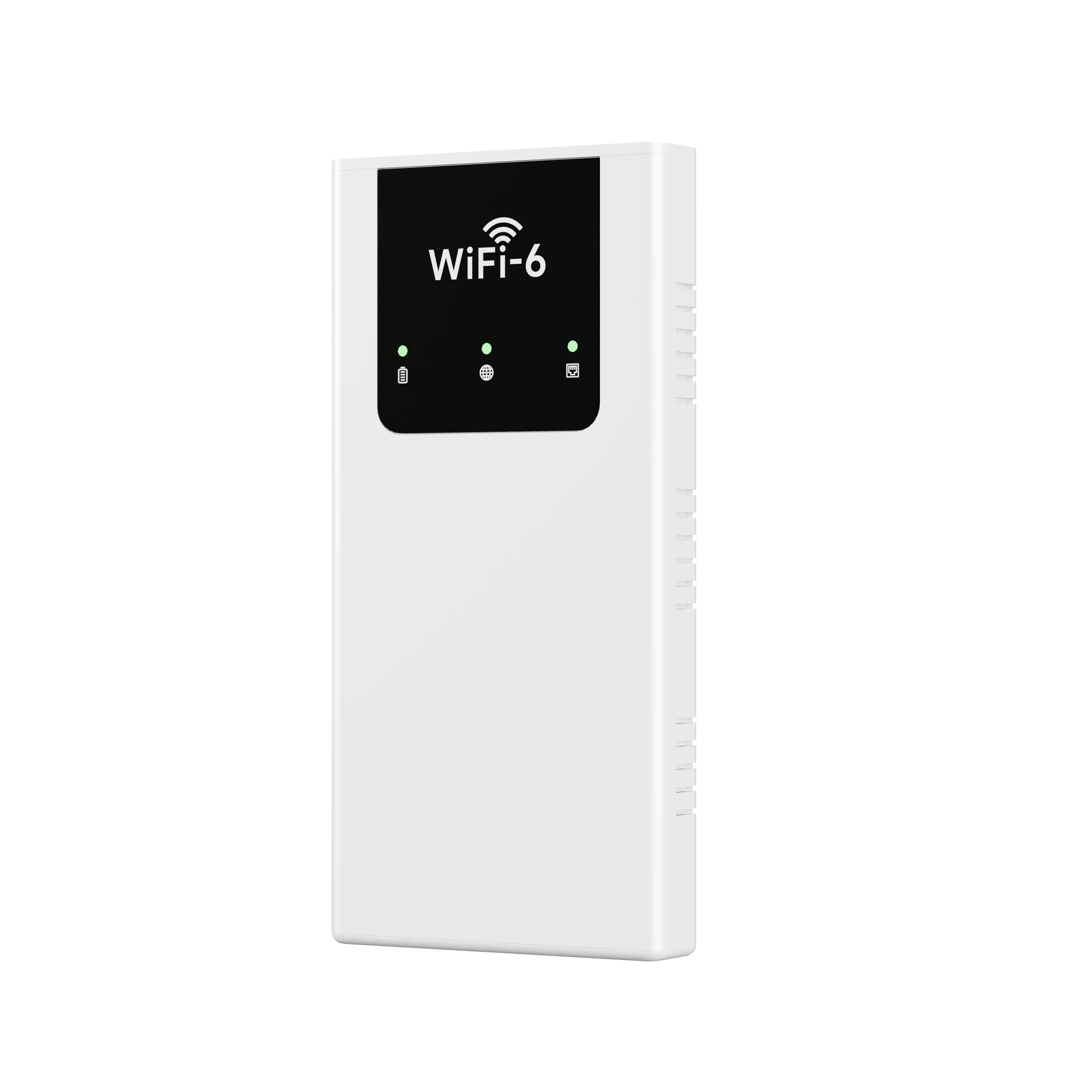In the realm of technology, the terms 'electric' and 'electronic' are often used interchangeably, leading to a common misconception that they refer to the same concept. However, there is a significant difference between an electric component and an electronic component. This article aims to delve into the nuances that distinguish these two types of components, providing a comprehensive understanding of their functionalities, applications, and the technologies they power.
Electric components are the fundamental building blocks of electrical systems. They are devices that can produce, resist, conduct, or store electricity. Examples include resistors, capacitors, inductors, switches, and transformers. These components function based on the principles of electromagnetism, and their operation is typically straightforward – they either allow the flow of electric current or they don't.
On the other hand, electronic components are a subset of electric components that manipulate the flow of electricity in a more complex manner. They use semiconductors, vacuum tubes, or other advanced materials to control the flow of electric current. This control is often achieved through amplification or switching, enabling the creation of complex circuits and systems. Examples of electronic components include diodes, transistors, integrated circuits, and microprocessors.
The primary difference between electric and electronic components lies in their level of complexity and the way they control the flow of electricity. Electric components are simpler and operate on a binary level – they either allow or prevent the flow of electricity. In contrast, electronic components can manipulate the current in more sophisticated ways, enabling the creation of complex devices and systems.
This distinction is crucial in understanding the technologies that these components power. Electric components are typically found in simpler devices such as electric heaters, fans, and light bulbs. These devices require a straightforward flow of electricity to function.
Electronic components, however, are found in devices that require complex operations, such as computers, smartphones, and modern televisions. These devices need to process information, perform calculations, and carry out a variety of tasks, all of which are made possible by the advanced capabilities of electronic components.
In conclusion, while electric and electronic components both play integral roles in the world of technology, they each have their unique functionalities and applications. Understanding the difference between them is essential for anyone interested in technology, engineering, or any field that involves the use of electrical or electronic devices.

